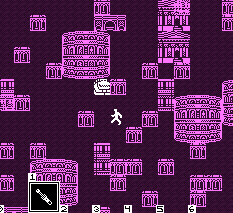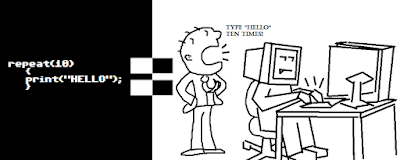Week 1
Really pure ideas are hard to come by. Ideas that don't feel forced or gimmicky, but like an intuitive way to experience gaming. For example, I love how in Mario, you fight Goombas and Hammer Bros using the same skills you have developed for platforming: movement is combat. By the time you've really sunk your teeth into the game, your fingers are pumped full of muscle memory because, aside from the occasional flower, you have been doing nothing but running and jumping the whole time.
I'd like to make a game that explores methods of movement as combat. A game where, instead of getting hulking armor, you're developing a skill. Rep after rep you perfect your muscle memory, culminating in epic battles that really feel epic because you've become an actual badass. Don't like mastery in games? Well, you quitters can go back to your "outside" and "relationships".
My first idea was to make a platformer where holding down an action key enabled you to defy gravity and move faster for a short period of time, as well as damage enemies.



































